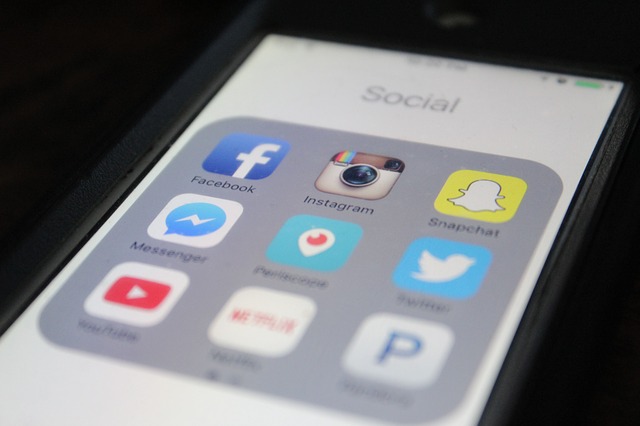
By Cameron Mitchell, Staff Writer
In the technological race to reach emerging markets, producers of technology are finding ways to slim down, speed up, and find an edge against the competition. Should that involve essentially copying the competition’s product? Facebook appears to be doing just that.
Facebook has announced that it is launching a new app that rivals Snapchat in terms of being a picture- and video-messaging application. The “Snapchat clone” is reported to function almost identically to Snapchat, even down to its face-distorting filters.[1] Facebook’s goal? To beat Snapchat in the race for emerging markets.
Since Snapchat has a strong hold on North American teens, the race is geared toward countries and areas where device storage space and internet access are limited, as in Brazil, India, and Indonesia.[2] Facebook boasts that its new app, Flash, utilizes one-third of the storage space as Snapchat and utilizes less than one-half of Facebook’s core app.[3]
Facebook has been gunning to beat out Snapchat for some time now. Mark Zuckerberg, Facebook CEO, has hinted at his envy of Snapchat’s success — down to its inspiring products, such as Stories and how Snapchat’s app can open directly into the camera app.[4] Facebook has even copied the Stories feature in Instagram.[5]
How does this all look from an intellectual property law viewpoint? Intellectual property is generally defined as “ideas, inventions, discoveries, symbols, images, expressive works . . ., or in short any potentially valuable human product (broadly ‘information’).”[6] For the purposes of this article, only aspects of copyright law will be discussed.
According to 17 U.S.C. § 102, one can copyright creations such a literary works, musical works including accompanying words, dramatic works and accompanying music, choreographic works, pictorial, graphic and sculptural works, motion pictures, sounds recordings, and architectural works.[7] Section 102 does not allow the copyright of ideas, procedures, processes, systems, operations, concepts, principles, or discovery — regardless of the forms embodied in the above stated works.[8]
In 1880, the U.S. Supreme Court discussed what can and cannot be copyrighted.[9] In Baker v. Selden, Selden published and copyrighted a book illustrating a “peculiar” book-keeping system that he developed. The book included essentially blank forms to illustrate how the systems work. The text of the book broke down and explained in detail the system, how it works, and how it is to be utilized. Baker copied the forms, rearranged the columns, gave new headings, and sold them to people who wanted to use Selden’s system.
The court held that one can essentially only copyright the words of the book but not the actual system. Had Baker published the words from the Selden’s book, even paraphrased, he would be liable for infringement.[10] Referring to 17 U.S.C. § 102(b), one cannot copyright a system explained in a work: The “procedures, process, system, method of operation, [or] concept”[11] cannot be copyrighted.
Again, with respect to copyright law, what can Snapchat do to protect its features in the race in emerging markets? It may only be left with the option of simply being the first in line — and will have to slim down, speed up, and find another edge.
Sources
[1] Kurt Wagner, Facebook Built Another Snapchat Clone Specifically for Emerging Markets, recode.net, Nov. 8, 2016
[2] Id.
[3] Id.
[4] Id.
[5] Id.
[6] William M. Landes, Richard A. Posner, The Economic Structure of Intellectual Property Law, The Belknap Press of Harvard University Press, 1 (2003)
[7] 17 U.S.C. § 102(a)(1)-(8)
[8] 102(b)
[9] Baker v. Selden, 101 U.S. 99 (1880)
[10] Id.
[11] 102(b)